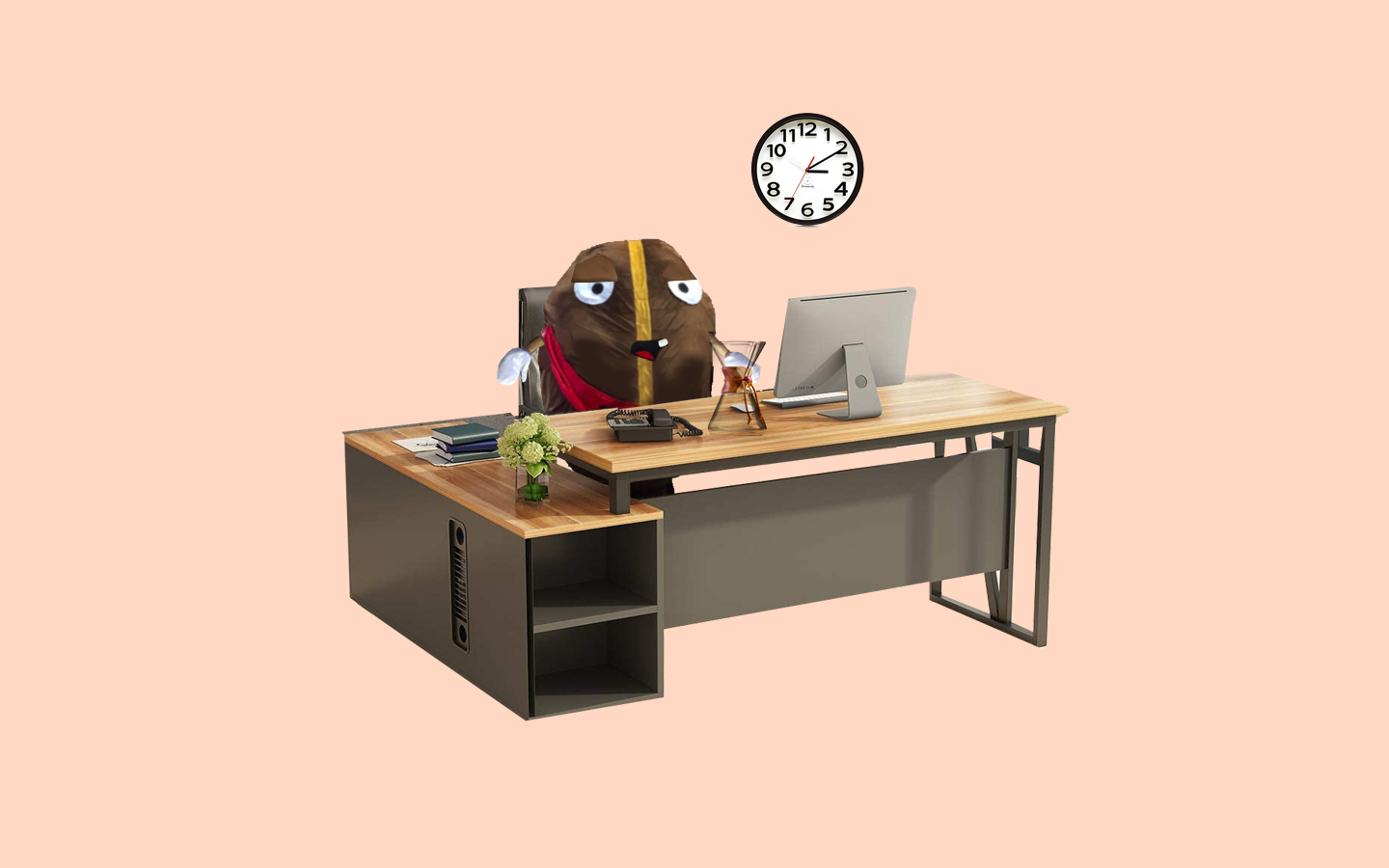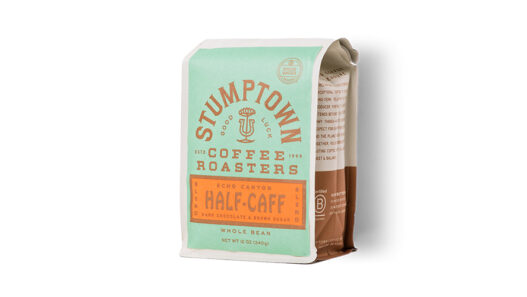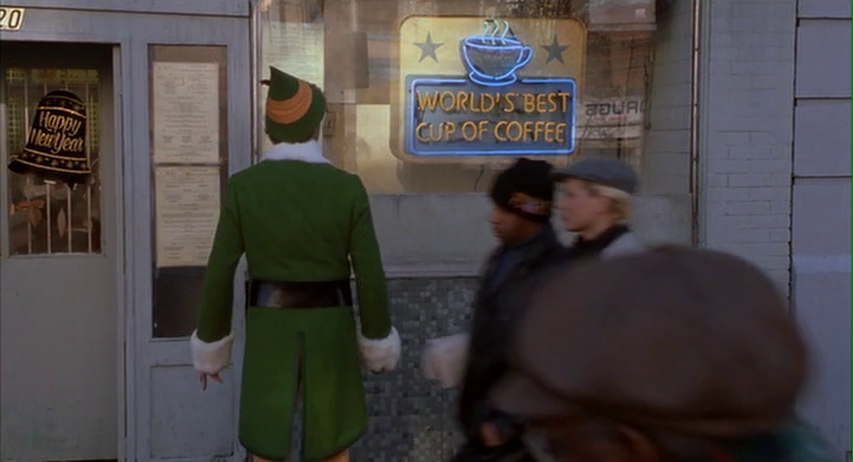Han here. I hope you’re enjoying springtime with tulips, asparagus, and delicious coffees. Today I want to discuss the matters of the mouth because as much as coffee involves our mouths, we hardly understand how our palates work. And after you finish reading, you still really won’t, because this is actually a vast and complex subject. But hey, science can be fun, and this is like a little breakdown of the science of taste.
Taste is one of the senses the human body experiences (Aristotle was one of the OGs to write about this). Taste is our sensory system responding to the stuff we put in our mouths. We can divide taste into 2 categories: gustation and other (tactile and irritation). Gustation is the conductor of taste; receptors work with the taste buds, saliva, and the areas around the throat. The process of gustation has to be water-soluble in order for us to be able to taste (think about how your saliva is interacting with your food and/or beverage in your mouth, but that’s another article). The four very basic tastes (sweet, sour, salt, bitter) are all part of coffee, on account of coffee’s organic matter of sugars, acids, and oils. Typically gustation and taste definitions are used interchangeably.
Go grab a mirror and a bright light and give your tongue a good stare. Lookin’ real good! All those little bumps are called papillae. There are four types, and three of the four contain taste buds: filiform, fungiform, foliate, and circumvallate.
Filiform papillae are cone-shaped and located mostly in the back and on the side of the tongue. They help with tactile sensation and do not contain taste buds.
Fungiform papillae are scattered around filiform but mostly gather on the sides and tip of the tongue. They are mushroom-shaped and each contains around 0-4 taste buds.
Foliate papillae are groove-shaped, on the sides of the tongue towards the back. Each groove can contain more than one hundred taste buds, housing more than one-third of total taste buds in the mouth.
Lastly, large and in charge, circumvallate papillae are bigger, circular looking bumps that contain several hundred taste buds on the outer part; they are located towards the back of the tongue. Remember, your buds are everywhere, and that’s why slurping your coffee to spray it evenly throughout your palate is so important.
Now that you’ve got a mouthful of words that sound awkward, do you remember seeing that chart of the tongue back in elementary school? The one that told you which sensation is felt where?
Let’s think outside of this charted tongue. Though it is true you taste those characteristics more predominately in the parts mapped, it does not mean that is the only thing you will taste in that section. The tongue is a complicated muscle, always feeling, always tasting, always providing saliva to flow, and folding like a taco on command.
You’re probably wondering why I have not mentioned olfaction until now. Have you tried tasting anything with your nose plugged?
Though olfaction and taste are very intertwined when it comes to the actual act of tasting, in sensory science research, it is usually studied separately. For example, you will usually hear Dwayne Wade mentioned with LeBron James (haters are gonna hate) even when the subject matter is about LeBron James: same occupation/team, different positions. Olfaction and taste are two different ways our sensory systems react to two different chemical reactions. As taste needs to be soluble as mentioned earlier, olfaction is by gas (vapor). Olfaction also falls into the definition of flavor; the flavor is the combination of gustation, olfaction, and that other we mentioned earlier, what we often call mouthfeel and/or body in coffee.
There’s so much more to talk about with tasting – learning how and understanding why we taste is every bit as important as learning how and why certain brewing techniques do what they do, in my humble opinion. I’m looking forward to exploring taste with you in more articles like this on Sprudge!
Must Read
Lingle, R. Ted. “The Coffee Cupper’s Handbook”. SCAA. Fourth Edition. Print.
Fun Read
Stuckey, Barb. Taste What You’re Missing: The Passionate Eater’s Guide to Why Good Food Tastes Good. New York: Free Press, 2012. Print.
Academic Read
Amerine, A. Maynard, Pangborn, Rose Marie, and Roessler B. Edward. Principles of Sensory Evaluation of Food. New York: Academic Press, 1965. Print.
Expensive Coursework Read
Bleibaum, N. Rebecca, and Schutz G. Dr. Howard. “Lesson 2: The Senses. Taste: Gustation.” Foundations of Sensory Science. UC Davis Extension, The Regents of the University of California. 2011.






























